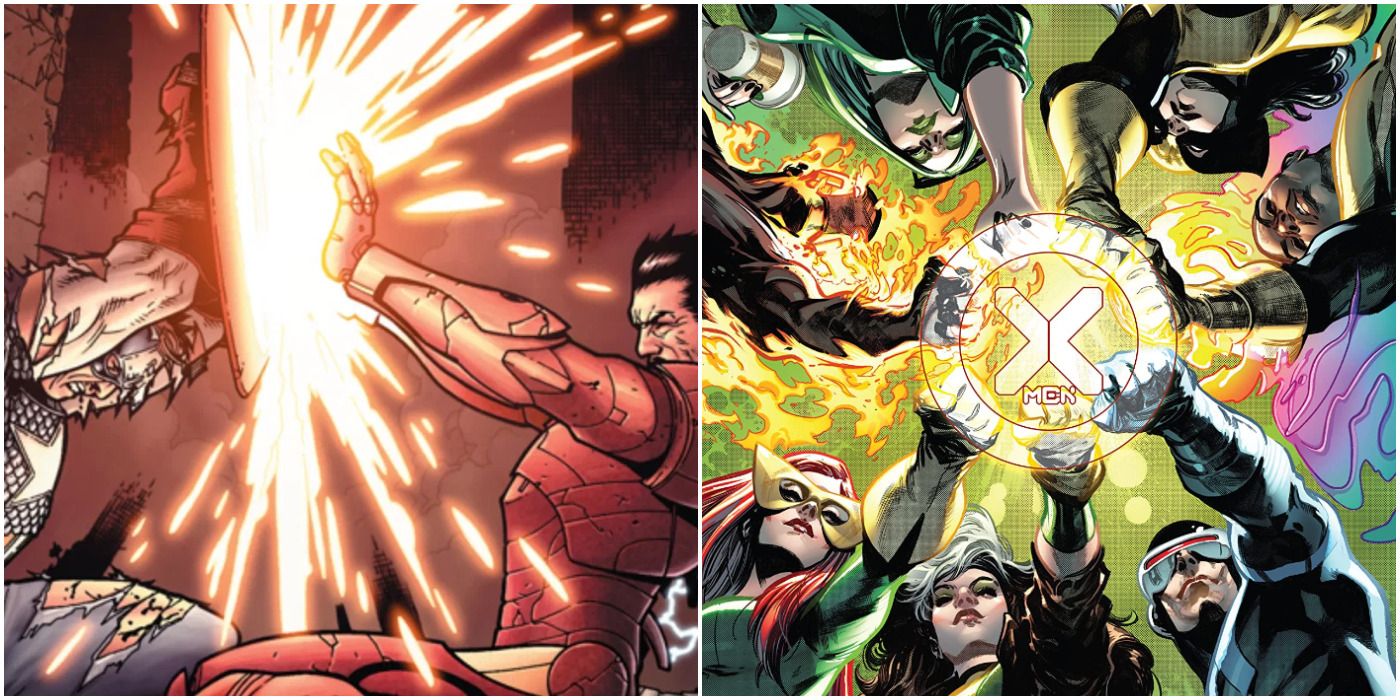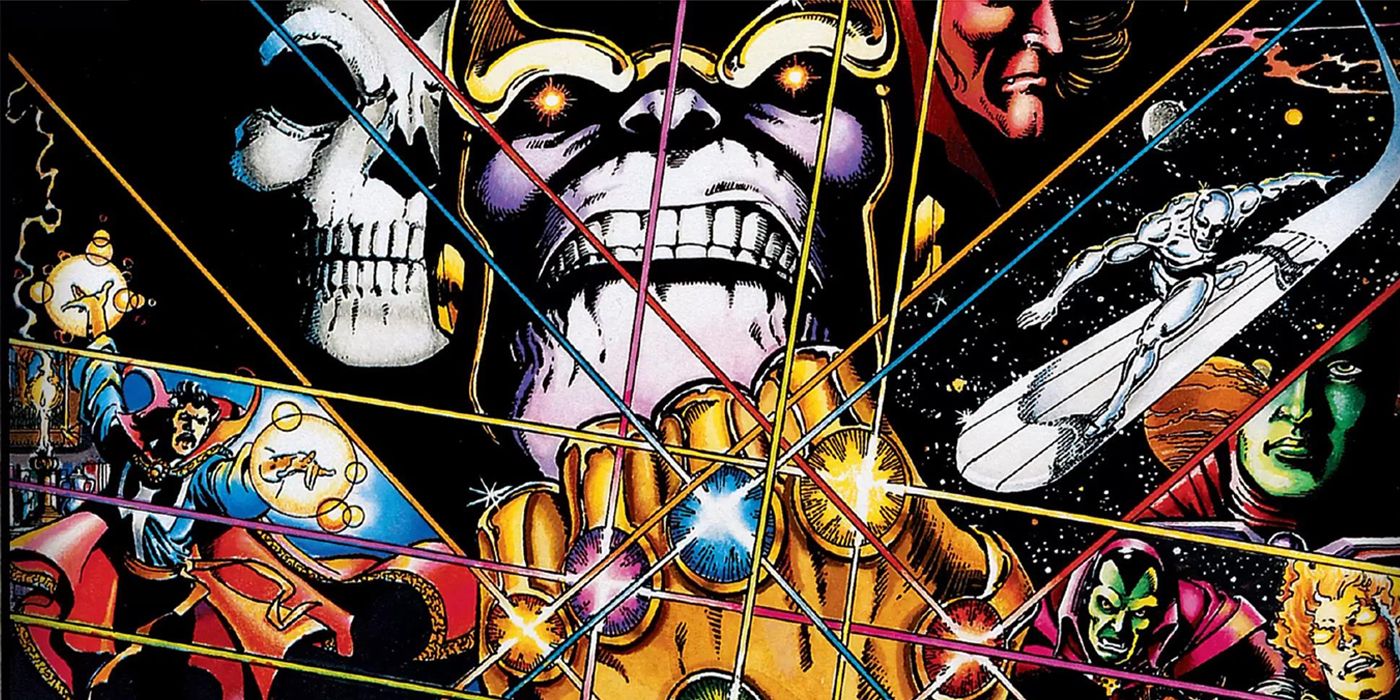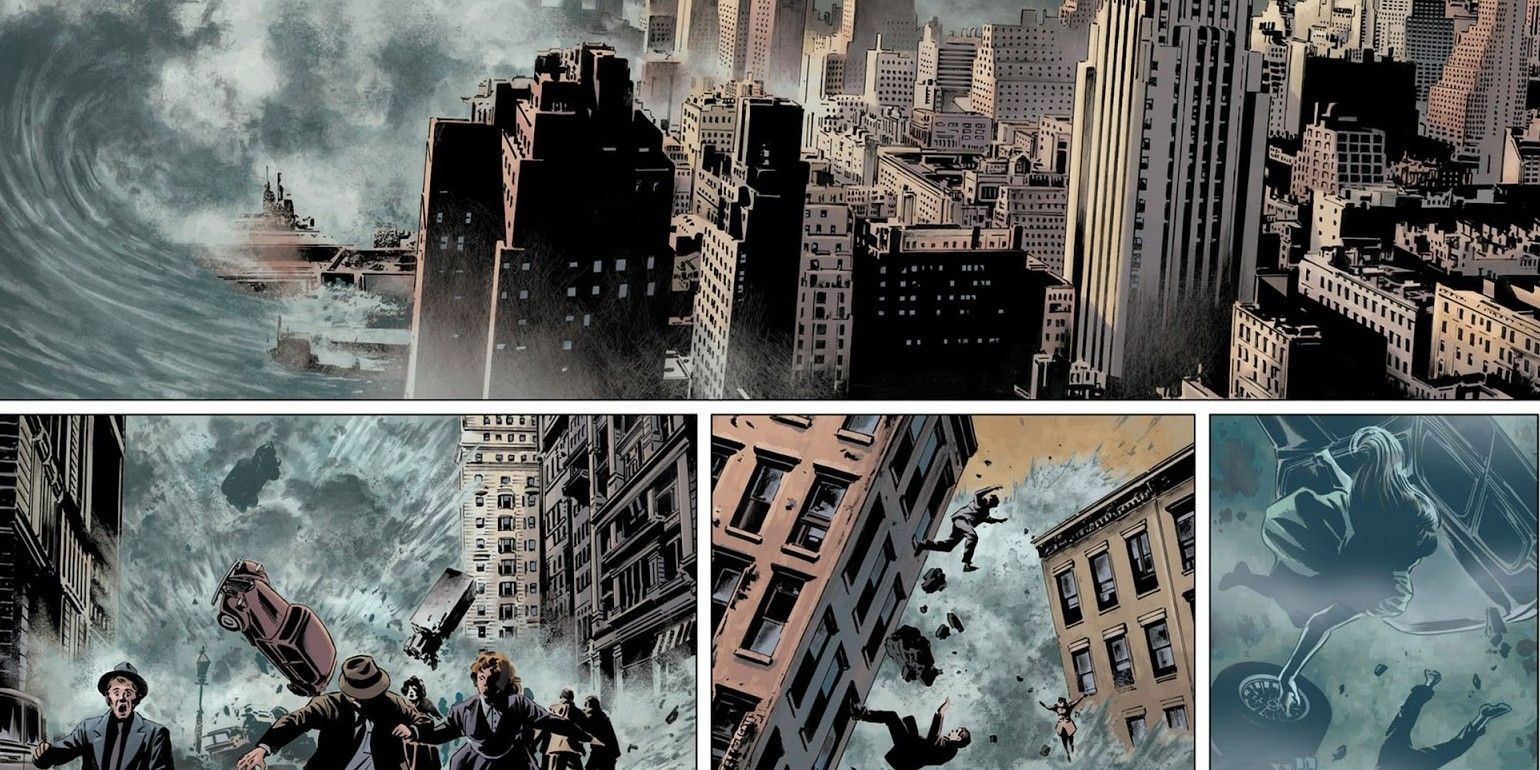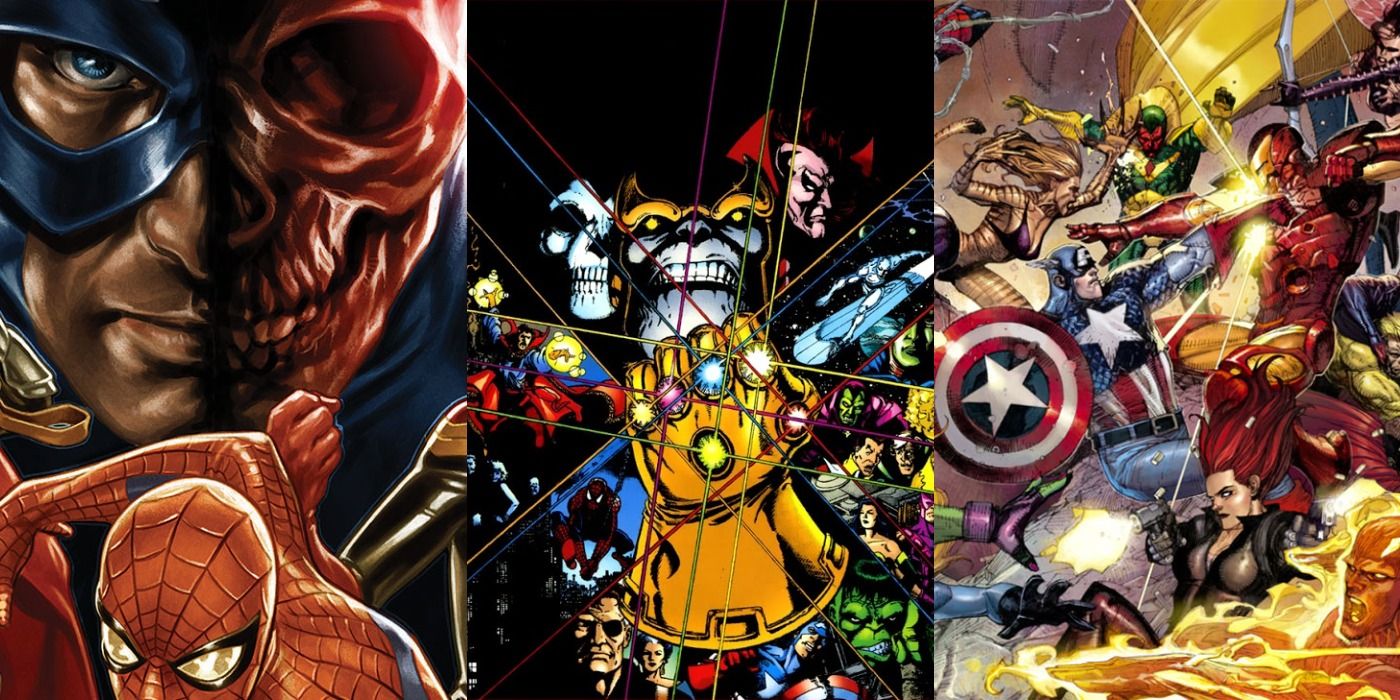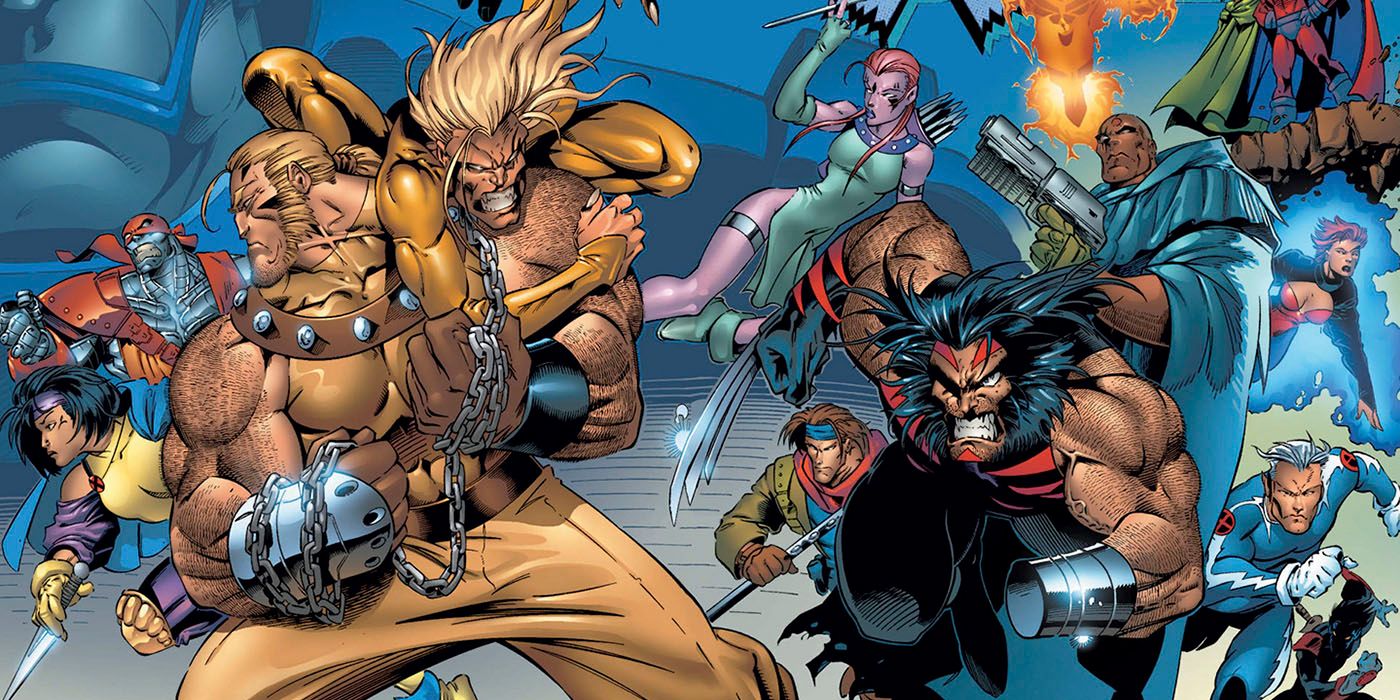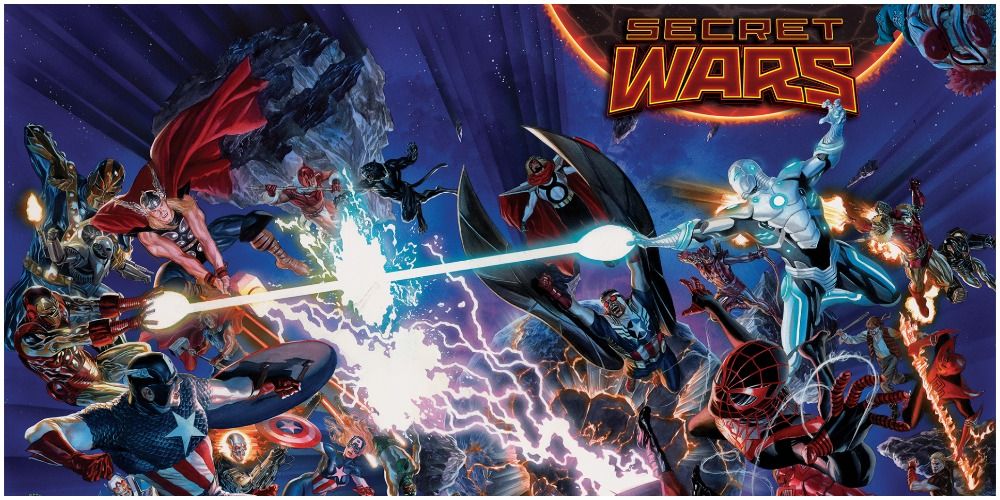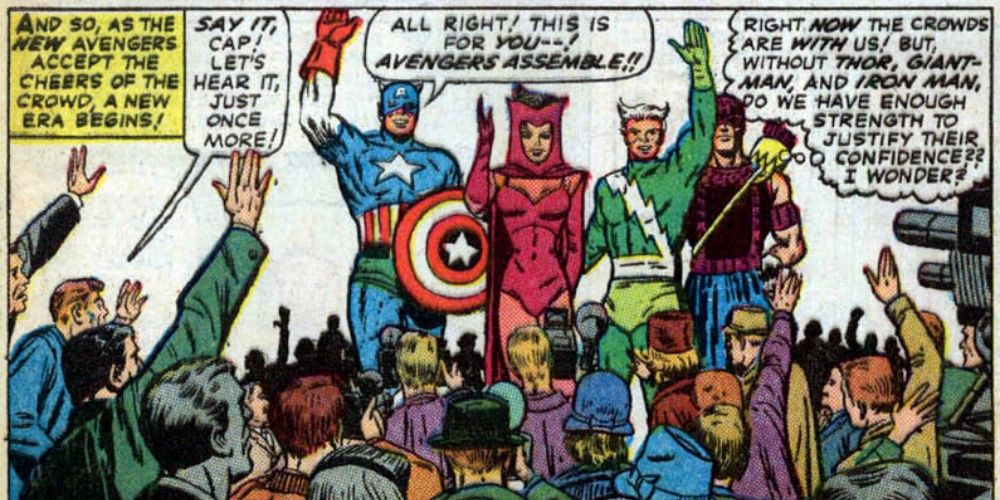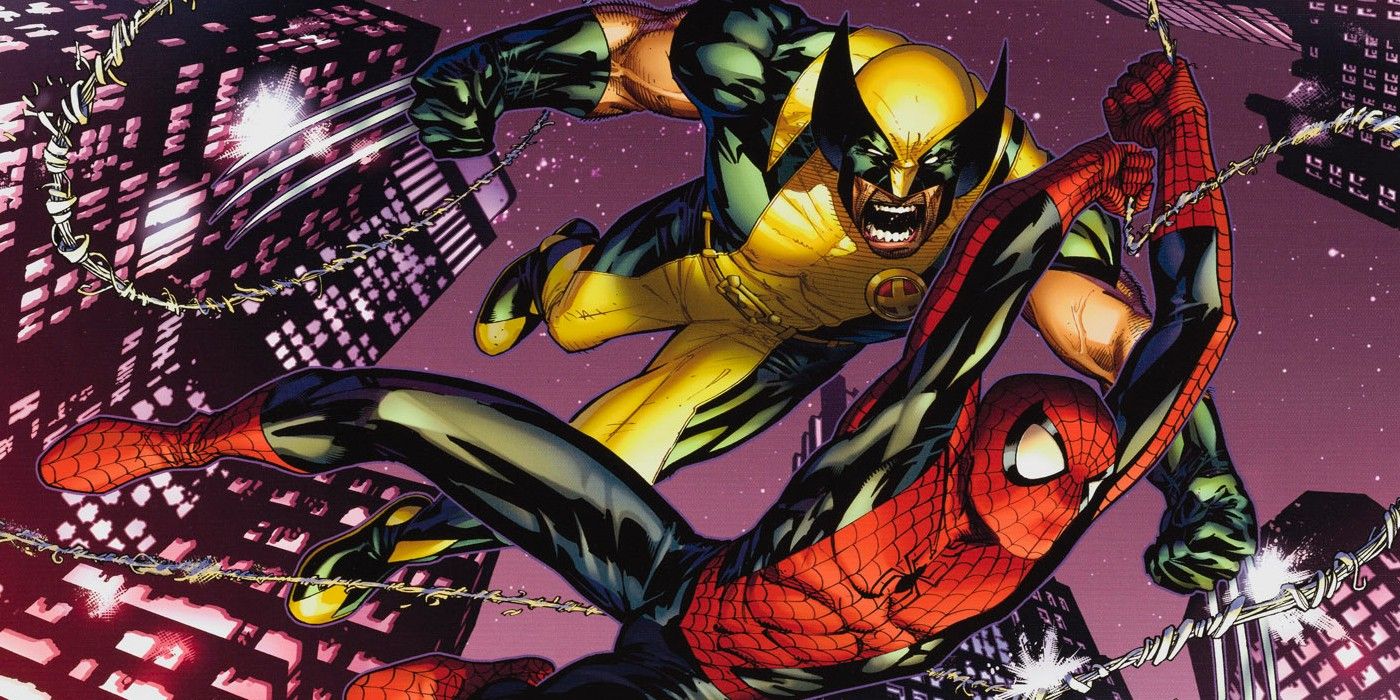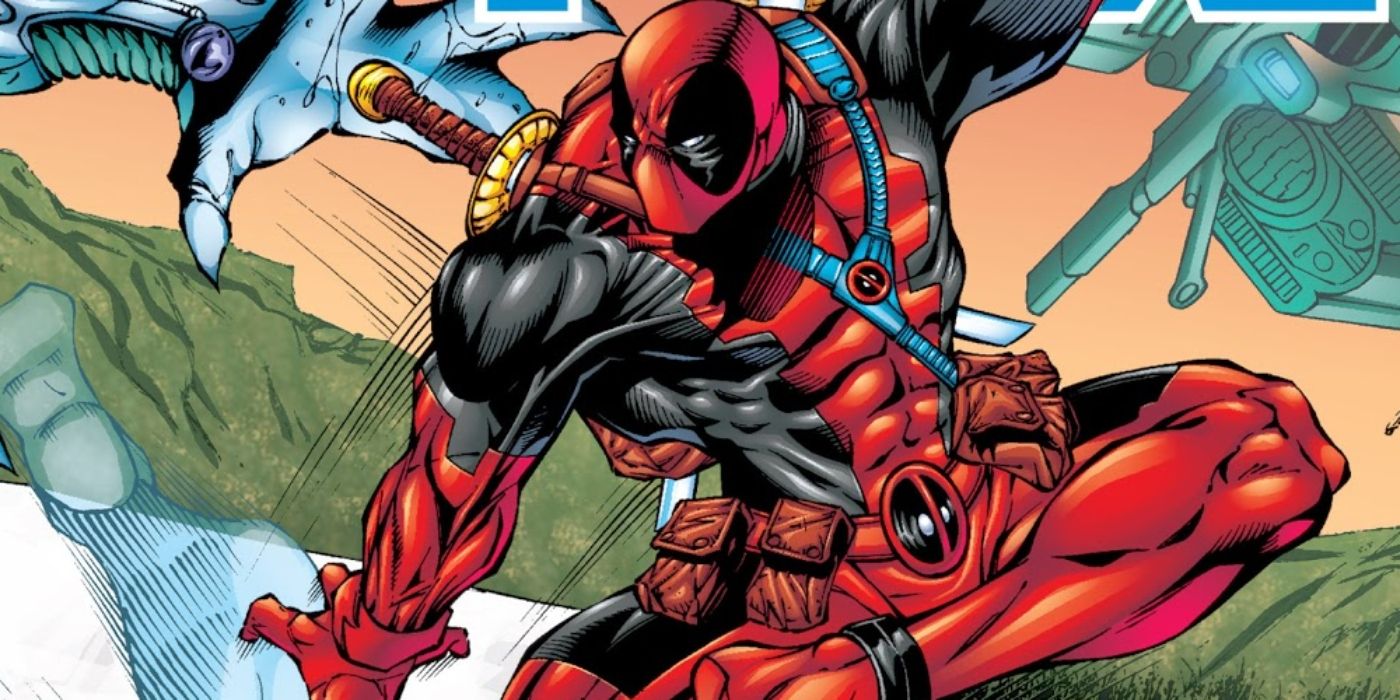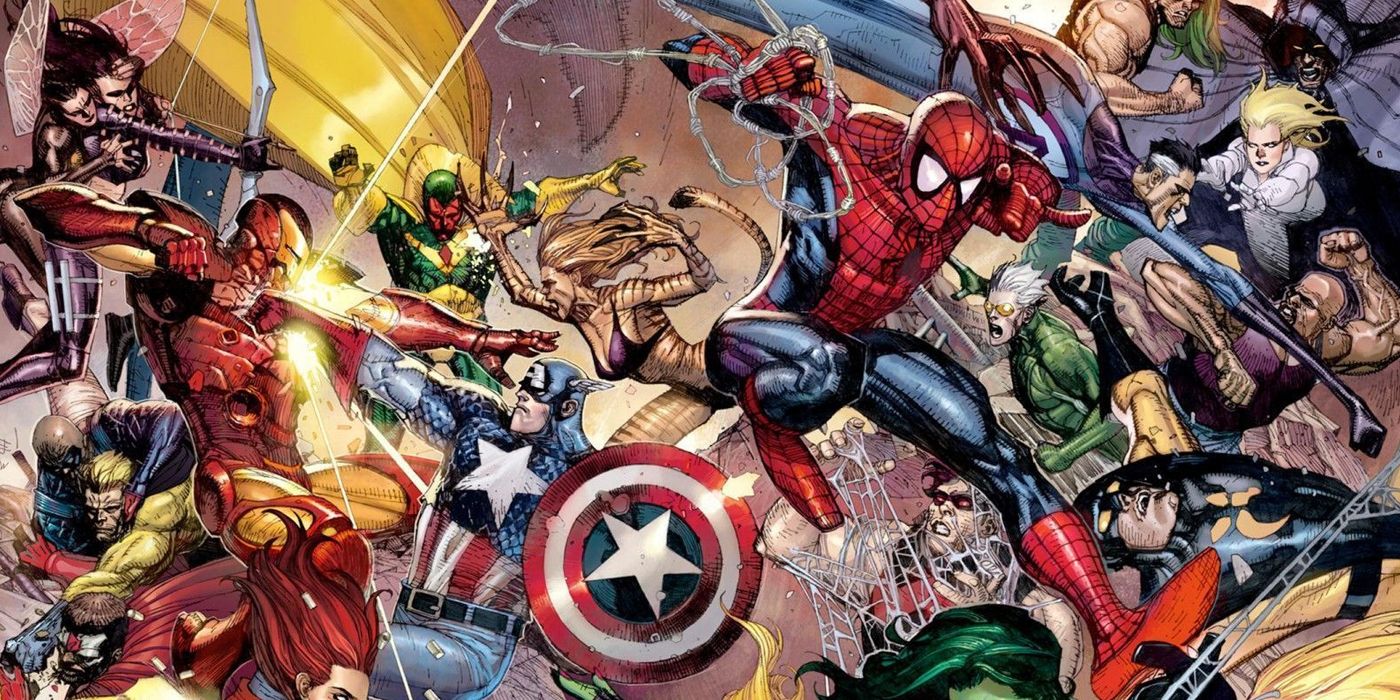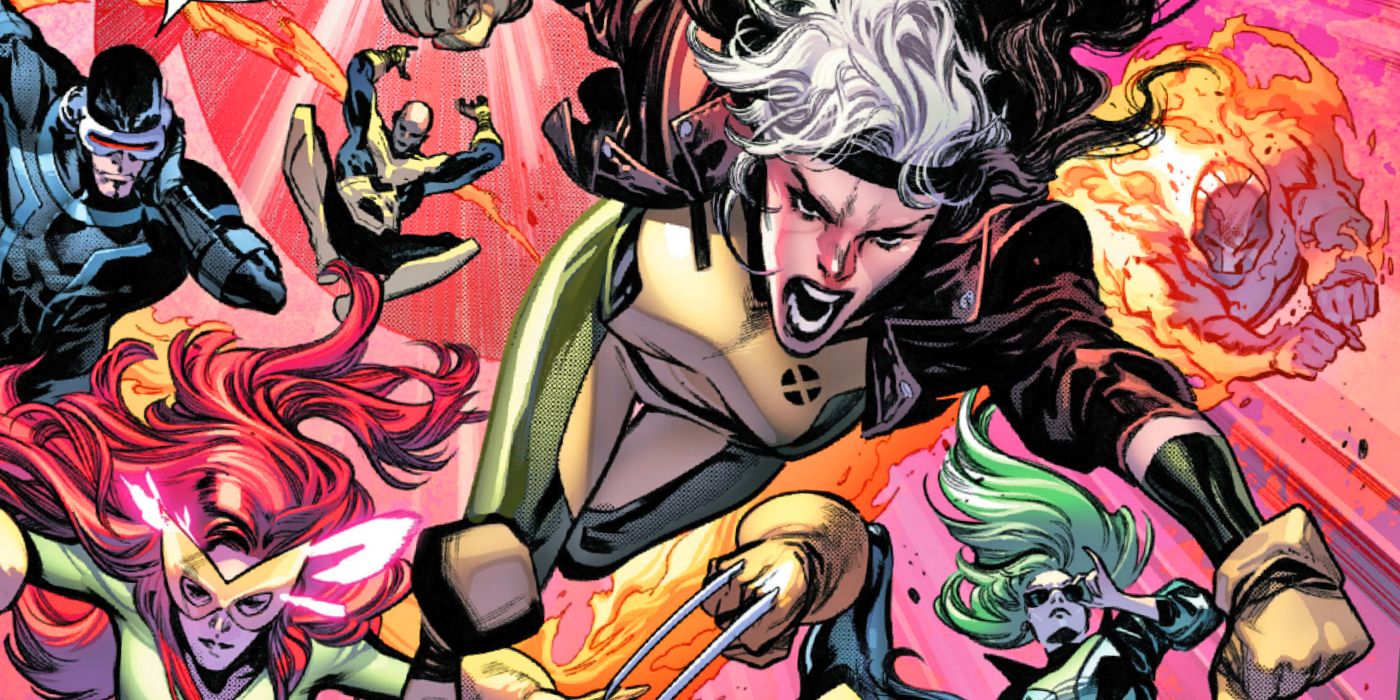Marvel has long been the king of the comic industry, its roster of respected heroes having captured people's imaginations. Their battles against some of the most intimidating villains around have entertained fans for decades and some of the best writers and artists in the comic industry have worked on Marvel's books.
Over the years, Marvel stories have developed tropes, plot elements that are distinctly Marvel that fans recognize. This isn't always a good thing, as tropes in storytelling can turn fans off. However, some of those tropes are tried and true and people enjoy them, as they make the Marvel Universe what it is.
10 Overdone Trope: The Villain Trying To Gain Ultimate Power
It all started with the Red Skull and the Cosmic Cube. Captain America villain the Red Skull would constantly try to get the Cosmic Cube so he could gain ultimate power. While this is a pretty common villain trope, Marvel took it to the next level. It became one of their main tropes, with villains like Doctor Doom and Thanos becoming known for it.
It would lead to Infinity Gauntlet, one of Marvel's most famous stories. However, Marvel has overdone this trope so much over the years that it's a bit of a cliche. No one really wants this kind of story anymore but Marvel always brings it back.
9 Trope We Can't Get Enough Of: Using The Real World As Inspiration
Of the Big Two, Marvel has always been the more realistic of the two. Stan Lee began this back when he and Jack Kirby were laying the groundwork of the Marvel Universe, setting the heroes in New York City and trying to ground the more fantastic elements in science when they could. This served to set Marvel apart and grounded the books.
While DC has tried to copy this, it never worked as well with them. Marvel has made this its own and it works to make the books better. Marvel was always the world outside the window, but with superheroes, and it fits the publisher well.
8 Overdone Tropes: The Event Story Cycle Needs To End Sooner Rather Than Later
Marvel basically created event books with 1982's Marvel Super Heroes: Contest of Champions and as the years went on would become the most prolific event book publisher of them all. While DC would jump on this bandwagon as well, they've never taken it as far as Marvel has. Marvel not only does company-wide crossovers but also event stories within lines of books like Spider-Man or the X-Men.
Marvel spent a long time building its entire line around event books and while they don't exactly go that far anymore, they still publish multiple events books per year and it can get kind of frustrating for readers who just want to read stories about their favorites that don't get bogged down by events.
7 Trope We Can't Get Enough Of: Apocalyptic Alternate Timelines Are Always Fun
The apocalyptic alternate timeline isn't a Marvel invention but it's become synonymous with Marvel. Beginning with writer Chris Claremont and artist John Byrne's seminal "Days of Future Past" in Uncanny X-Men #141-142, Marvel leaned into the apocalyptic alternate timeline in the X-Men books before using it throughout their line.
Stories like Age of Apocalypse expanded upon it and eventually, books like The Last Avengers Story and Earth X would transform it into something that fans of all of Marvel could get into. They even started a whole The End line of miniseries. It's a great storytelling trope that Marvel uses effectively.
6 Overused Trope: Event Books With The Words Secret, War, Or Infinity In The Title
1985's Secret Wars was Marvel's second event book, a classic twelve-issue series that would help to codify event storytelling. It also began a trope that Marvel would do to death in coming years, one that Infinity Gauntlet would add to - using the words secret, wars, or infinity in the titles of their event books. While infinity hasn't gotten as much play as the other two, it's become kind of tiresome.
There have been four Secret Wars, a Secret Invasion, two Civil Wars, War of Kings, War of the Realms, and the various Infinity storylines. It's gotten to the point that fans often make fun of Marvel for it every time a new one is announced.
5 Trope That We Can't Get Enough Of: Villains Rehabilitating Brings New Heroes Into The Mix
Marvel pretty much started the whole villains turning into heroes trope with Avengers #16, where Captain America brought together a new team of Avengers that was made up of all ex-villains - Scarlet Witch, Quicksilver, and Hawkeye. Marvel would make a science of this, taking villains and turning them into heroes.
This brought new perspectives to the whole thing and allowed Marvel to redefine superheroes in many ways. Some properties would do this more than others, like the X-Men, and it put a spotlight on characters that fans love.
4 Overdone Trope: Spider-Man And Wolverine Teaming Up With Everybody
Spider-Man and Wolverine are two of Marvel's most popular characters and have been for years. Marvel has been using the two characters as team-up fodder for decades, using them to get fan eyes on new characters. Spider-Man and Wolverine get way more play than other characters and nowadays fans are a bit over it.
With the media dominance of the MCU and the return to prominence of the Avengers, Marvel has plenty of new characters for team-up fodder. People were already tired of it in the '90s and Marvel continuing to do it today, even to a lesser extent, is tone-deaf.
3 Trope We Can't Get Enough Of: Everybody Loves Anti-Heroes
Anti-heroes became a big thing in pop culture in the 1970s and Marvel leaned into it, introducing characters like the Punisher and Wolverine. However, even before this, characters like the Hulk were early examples of anti-heroes and it would become a distinctly Marvel phenomenon. Marvel anti-heroes like Deadpool and Venom would go on to become some of the biggest characters in pop culture.
While anti-heroes would spread, Marvel still does it better. Marvel's anti-heroes are the biggest in comics and have become pop culture icons, leading the charge and becoming household names.
2 Overdone Trope: People Are So Tired Of Heroes Fighting Heroes
Heroes fighting heroes is a venerable tradition in comics but Marvel would lean into it more than DC. Every time a Marvel hero met a new Marvel hero, there would be a misunderstanding and a fight before everything got straightened out in a team-up. However, in the 21st century, Marvel would lean into this trope heavily, basing their entire publishing schedule around multiple events that pit heroes against each other.
Civil War was the most well-known example and while it's a very important story, it started a bad trend of Marvel pitting its heroes against each other with the last example, Inhumans Vs X-Men, being a complete failure.
1 Trope We Can't Get Enough Of: The Big Roster Change Comics Are Always Fun
Marvel teams like the Avengers and X-Men are known for having some of the biggest heroes ever in their rosters and they've managed this by going through multiple roster changes. It's always a big event, with special issues devoted to it and fans love them. It all began with Avengers #16 and is a venerable tradition for the publisher.
Marvel changing the rosters of their biggest teams set it apart from DC and it's one of the things they still do better. While not every big roster change is amazing - the recent X-Men #21 springs to mind - it's a distinctly Marvel tradition that fans love.

